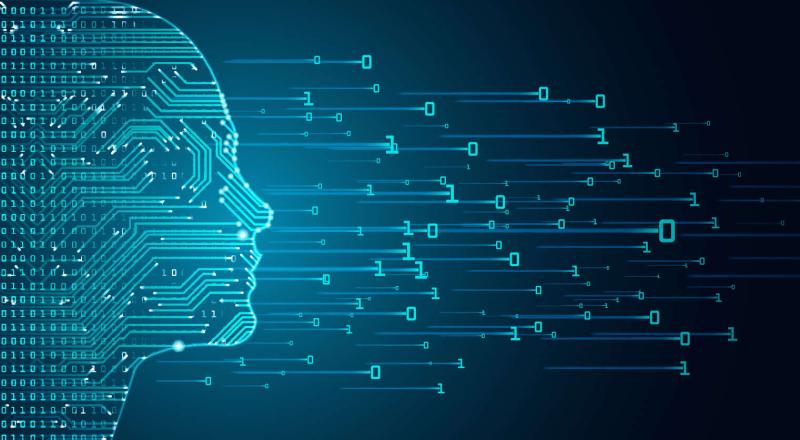Big Data and Data Analytics are two different but interrelated concepts within the field of data management and analysis. Big Data refers to the enormous volume, velocity, and variety of data generated by various sources, such as social media, IoT devices, and sensors. Due to its sheer size and intricacy, it surpasses the capabilities of conventional data management systems. Big Data is characterised by the 3Vs: Volume (large quantities of data), Velocity (rapid data generation and processing), and Variety (structured, unstructured, and semi-structured data). Big Data is primarily concerned with efficiently storing, managing, and processing these vast datasets.
Data Analytics scrutinises, cleans, transforms, and models data to extract useful information, draw conclusions, and support decision-making. Using various techniques and instruments, Data Analytics analyses data, identifies patterns and uncovers insights. It incorporates numerous fields, including descriptive analytics, diagnostic analytics, predictive analytics, and prescriptive analytics. Data Analytics primarily derives actionable insights from data to generate better decisions and outcomes. In a nutshell, Big Data addresses the challenges of managing large, complex datasets, whereas Data Analytics concentrates on transforming these datasets into actionable insights. Both concepts are interdependent, as effective data analytics frequently requires efficient Big Data management.
What is Big Data?
Big Data is the term for the huge amount of data made daily by things like social media, Internet of Things (IoT) devices, sensors, and online activities. The term “Big Data” refers to both the data and the problems and possibilities that come with managing, processing, and analysing it. The three most important things about Big Data are its volume, velocity, and variety.
Volume
Big Data means working with much data, usually in terabytes or petabytes. This massive amount of data is too much for standard data management systems to handle, so we need new ways to store and process it.
Velocity
In the digital age, data is made and handled at a crazy fast rate. Big Data tools must be able to handle the fast flow of data and analyse it in real-time or very close to real-time so they can give timely insights and help with decision-making.
Variety
Big Data includes many different kinds of data, such as organised (like relational databases), unstructured (like text, pictures, and videos), and semi-structured (like XML and JSON) data. Managing and processing this wide variety of data formats is a task in its own right.
To deal with these problems, Big Data technologies like Hadoop and Spark have been made, which allow organisations to store, handle, and analyse huge amounts of data. Big Data allows businesses to find hidden patterns, trends, and insights. This leads to better decisions, more efficient operations, and the creation of new goods and services.
What are Data Analytics?
Data analytics is the process of looking at, cleaning, transforming, and modelling data to find valuable insights, find patterns, and help people make decisions based on accurate information. It is a set of techniques and tools that help businesses make sense of their data. This lets them improve their processes, develop new ideas, and stay competitive. There are four significant types of data analytics: descriptive, diagnostic, predictive, and prescriptive.
Descriptive Analytics
This type of analytics is based on summarising previous data to help people understand what happened in the past. It involves using data mining and aggregation methods to find patterns, trends, and links in the data.
Diagnostic Analytics
Diagnostic analytics tries to figure out what happened or why something happened in the past. It uses methods like data exploration, drill-down analysis, and discovery to determine the factors that led to a certain result.
Predictive Analytics
This type of analytics uses past data and statistical models to make predictions about events and trends that will happen in the future. Machine learning algorithms, like regression and time series analysis, look for trends in the data and make predictions based on those patterns.
Prescriptive Analytics
Prescriptive analytics is based on descriptive, diagnostic, and predictive analytics lessons to suggest actions that will improve certain outcomes. It uses optimisation and modelling to come up with suggestions that can be put into action.
In short, Data Analytics helps organisations turn raw data into valuable insights. This gives them the power to make choices based on data, improve operational efficiency, and grow their businesses.
Difference Between Big Data and Data Analytics
The huge volume, pace, and diversity of data generated from many sources are called “Big Data.” It presents difficulties in terms of storage, management, and processing. It is designed to deal with extremely massive and complicated datasets, which are beyond the capability of conventional data management systems. Data analytics aims to gain valuable insights, recognise trends, and make well-informed decisions by inspecting, cleansing, and modelling data. Data science is the process of using various methods and applications to examine datasets for valuable insights. Big Data refers to managing and processing massive databases, while Data Analytics is concerned with deriving actionable insights from that data. We’ve described the main differences between big data and data analytics below.
Focus
Data Analytics emphasises the extraction of important insights and the identification of patterns in the data to support decision-making, while Big Data is concerned with the storage, management, and processing of big, complex information.
Scale
Big Data deals with vast amounts of data, measured in terabytes or petabytes, while Data Analytics can be used on datasets of varied sizes.
Data Types
Big Data encompasses both organised and unstructured information, while Data Analytics methods are typically tailored to particular file formats or categories of information.
Technologies
Data Analytics employs programmes like R, Python, SAS, and Tableau to analyse and visualise large amounts of data, while Big Data leverages technologies like Hadoop and Spark for data storage and processing.
Real-time Processing
Unlike Data Analytics, which is best suited for batch processing, real-time and near-real-time processing are often necessary for Big Data systems to deal with rapidly created data.
Disciplines
Descriptive analytics, diagnostic analytics, predictive analytics, and prescriptive analytics are all subfields of data analytics. Big Data is an umbrella term for all aspects of data analysis and storage.
Complexity
Data Analytics focuses on data analysis, modelling, and interpretation complexities, while Big Data entails managing complicated data architecture, distributed computing, and fault tolerance.
Skillsets
Data analysts and data scientists in Data Analytics know statistical analysis, machine learning, and visualisation. In contrast, professionals working with Big Data have expertise in distributed systems, data engineering, and programming.






